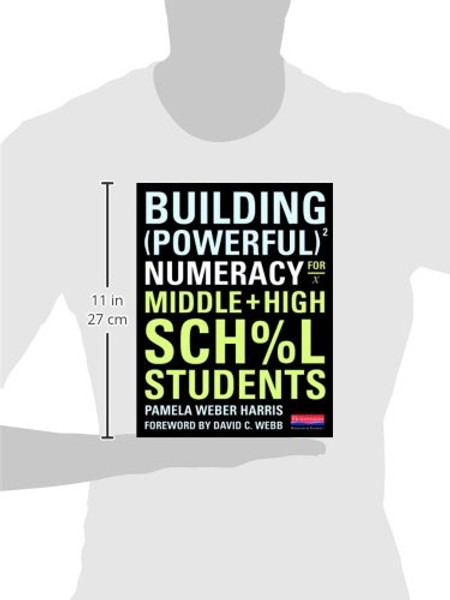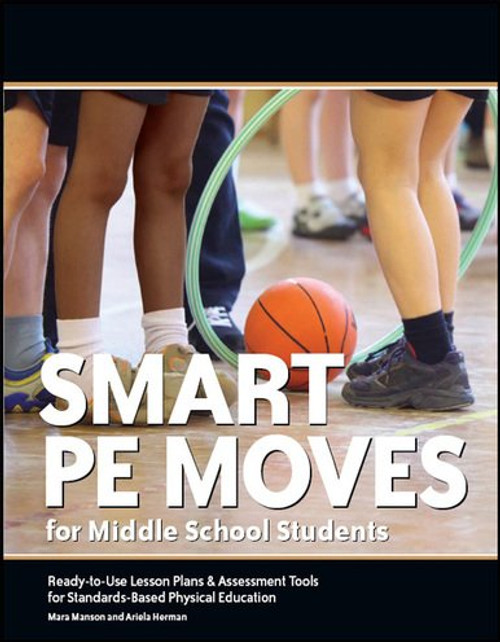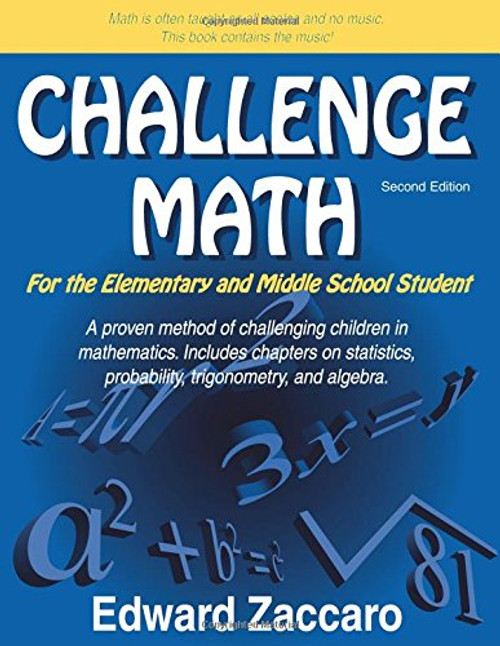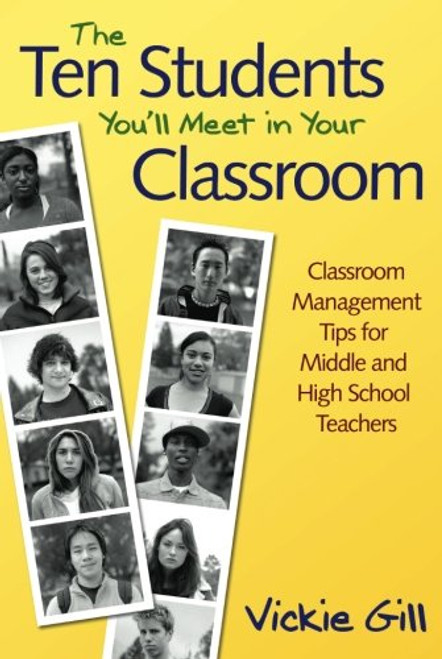Product Overview
I continue to be amazed at the power we can harness in our secondary students by teaching ourselves and our students real numeracy. Pamela Harris
As secondary math teachers, we're often frustrated by the lack of true number sense in our students. Solid research at the elementary level shows how to help all students become mathematically proficient by redefining what it means to compute with number sense. Pam Harris has spent the past ten years scrutinizing the research and using the resulting reform materials with teachers and students, seeing what works and what doesn't work, always with an eye to success in higher math. This book brings these insights to the secondary world, with an emphasis on one powerful goal: building numeracy.
Developing numeracy in today's middle and high school students is reflective of the Common Core State Standards mission to build the skills that our young people need for success in college and careers. (CCSS 2010) Numeracy is more than the ability to do basic arithmetic. At its heart, numeracy is the ability to use mathematical relationships to reason with numbers and numerical concepts, to think through the math logically, to have a repertoire of strategies to solve problems, and to be able to apply the logic outside of classrooms.
How can we build powerful numeracy in middle and secondary students? Harris's approach emphasizes two big ideas:
- Teach the importance of representation. The representation of student strategies on models such as the open number line, the open array, and the ratio table promote discussion on relationships rather than procedures
- Teach with problem strings. Introduced by Catherine Twomey Fosnot and her colleagues in the Young Mathematicians at Work series, problem strings are purposefully designed sequences of related problems that help students construct numerical relationships. They encourage students to look to the numbers first before choosing a strategy, nudging them toward efficient, sophisticated strategies for computation.
Understanding numerical relationships gives students the freedom to choose a strategy, rather than being stuck with only one way to solve a problem. Using the strings and activities in this book can empower your students to reason through problems and seek to find clever solutions. They'll become more naturally inclined to use the strategies that make sense to them. Students become engaged, willing to think, and more confident in their justifications. When we give secondary students this numerical power, we also help them learn higher mathematics with more confidence and more success.















